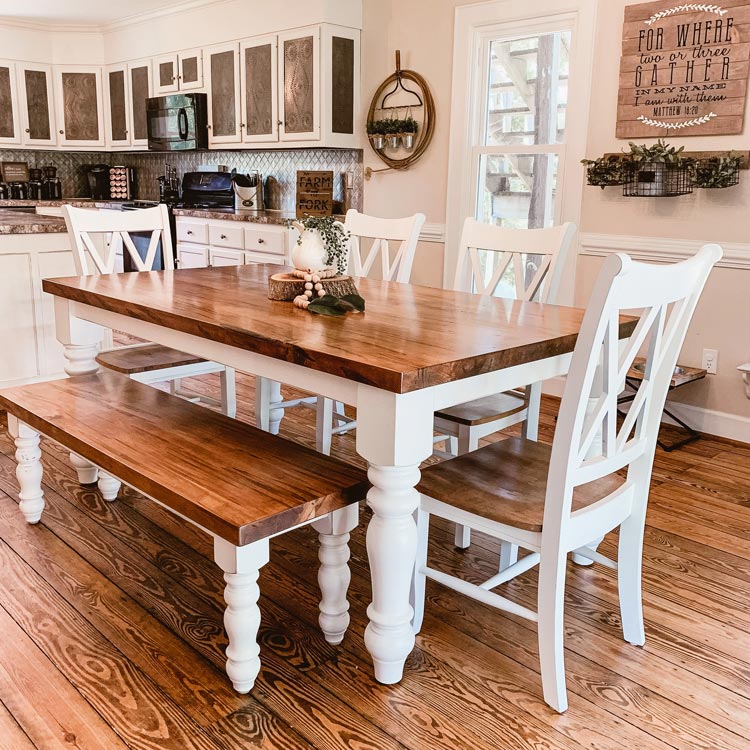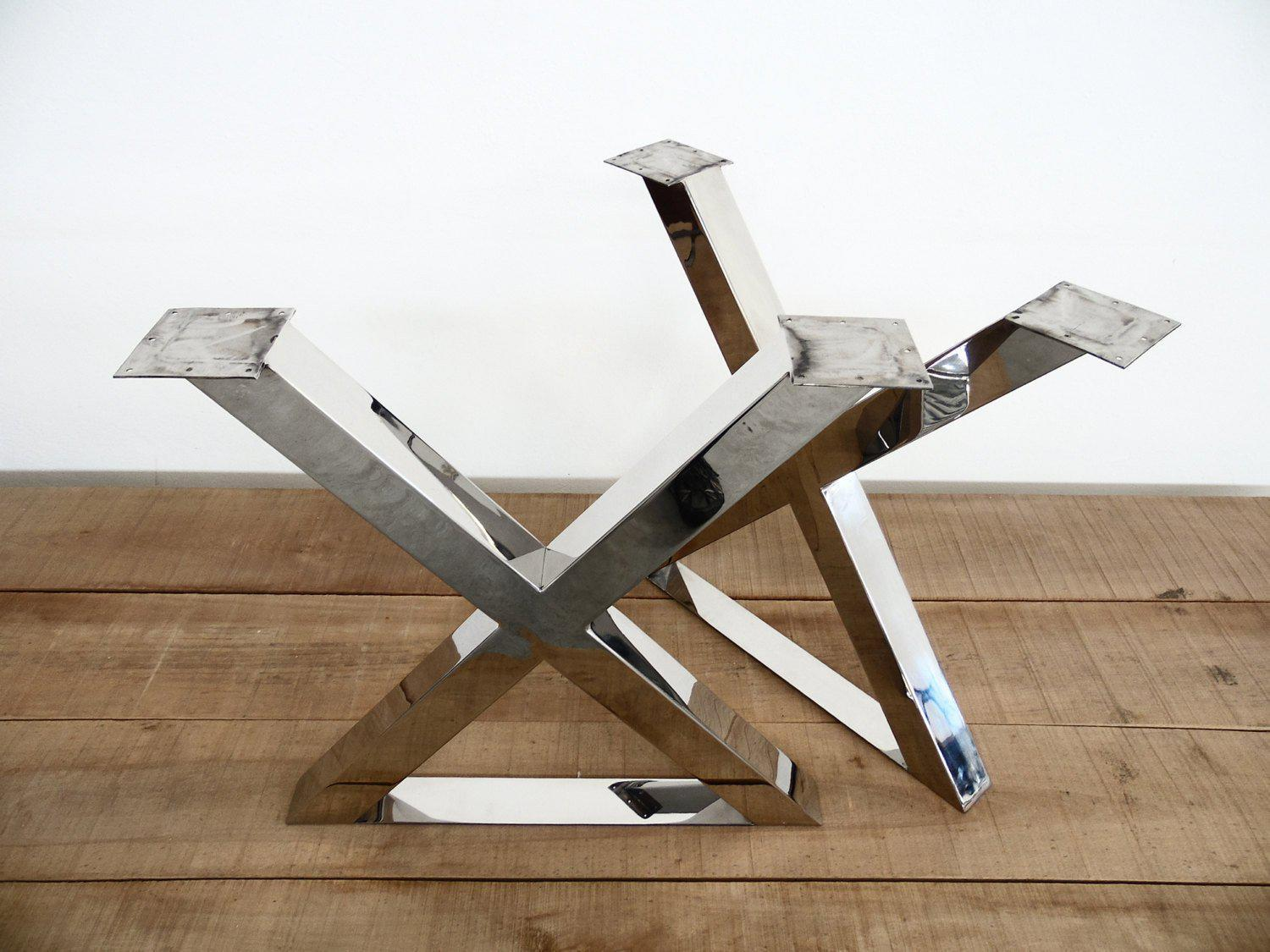How the Right Dining Room Table Legs Can Complete Your Dining Room Look
Exactly How to Pick the Perfect Dining Space Table Legs for Your Home Decor
Choosing the suitable eating space table legs is a nuanced process that requires careful consideration of numerous components, including your area restrictions, aesthetic preferences, and practical demands. The interaction between measurements, styles, and products can dramatically affect the atmosphere of your dining location, making it necessary to approach this choice carefully.
Assess Your Dining Space
Analyzing your eating space is essential for picking the right table legs that enhance both appearances and functionality. Begin by measuring the measurements of your dining location, including ceiling elevation, flooring space, and closeness to other furnishings. This info will certainly assist determine the ideal size and elevation of your table, which directly influences the choice of table legs.
Next, think about the design and layout of your eating room. An open-concept style might benefit from table legs that provide aesthetic agility, such as slender metal or acrylic alternatives. Conversely, a more standard setup might require strong wood legs that provide a sense of durability.
Assess the existing color palette and materials in your eating location. Balancing the table legs with these elements creates a natural look that enhances the total design.
Eventually, a thorough assessment of your eating room will certainly assist you in making a notified decision, guaranteeing that your table legs not only enhance the aesthetic allure however likewise serve practical purposes.
Consider Your Design Preferences
When selecting dining room table legs, it is important to reflect on your individual design preferences, as they considerably influence the total visual of your dining room. Your selection of table legs can either complement or contrast with existing decor, making it critical to straighten them with your preferred interior decoration theme.
If your home leans in the direction of a modern-day aesthetic, consider streamlined metal or minimal wooden legs that provide a tidy, clean appearance. For a much more conventional approach, elaborate wooden legs with detailed carvings can include a touch of beauty and sophistication. Industrial designs benefit from durable, resources such as redeemed wood and steel combinations, showing a rugged appeal.
Additionally, farmhouse and rustic designs frequently prefer sturdy, beefy legs that evoke a sense of heat and comfort. Alternatively, if your decoration is diverse, you might select non-traditional forms or a mix of products to develop aesthetic interest.

Evaluate Product Options
The selection of material for dining space table legs plays an essential function in both toughness and visual allure. Common materials include wood, metal, and composite choices, each offering distinctive features that can influence the overall look and longevity of your table.
Wood is a traditional option, understood for its heat and adaptability. Woods like oak and walnut give exceptional strength and can be finished in various stains to match any design. Nevertheless, softwoods like yearn are much more susceptible to scratches and dents, making them much less ideal for high-traffic locations.
Steel legs, commonly crafted from steel or light weight aluminum, radiate modernity and industrial charm. They are immune and highly durable to put on, making them ideal for family members with kids or frequent gatherings (dining room table legs). In addition, steel can be completed in various shades, improving the customization possibilities
Composite products, such as MDF or laminate, offer affordability and varied styles. While generally much less long lasting than solid timber or metal, they can still provide a fashionable look and are frequently very easy to preserve.
Ultimately, the product you select should line up with your lifestyle, visual preferences, and the degree of use your table will experience.
Determine Elevation and Dimension
Selecting the ideal height and dimension for your dining you could look here area table is necessary for both performance and convenience. The conventional elevation for dining tables typically ranges from 28 to 30 inches, allowing adequate legroom for most individuals when seated. It is essential to consider the dimensions of your eating area and the kinds of chairs you plan to utilize.

In addition, take into consideration the proportions of your dining room. A larger table in a roomy area can produce a grand atmosphere, while a smaller sized table functions well in even more intimate setups. Inevitably, the appropriate elevation and dimension will certainly integrate with your total style and boost the eating experience for you and your visitors.
Explore Modification Opportunities

Additionally, the layout of the legs can be personalized to fit different designs, such as rustic, modern-day, or industrial. For example, conical legs can evoke a mid-century modern-day feeling, while chunky, block-style legs might resonate with traditional or farmhouse style.
House owners can additionally discover shade finishes, from natural wood stains to paint, allowing them to match or contrast with the table top and surrounding decoration.
Furthermore, leg elevation can be gotten used to accommodate certain seating arrangements or individual choices, improving both convenience and functionality.
Last but not least, distinct decorations, such as carvings or ornamental braces, can even more individualize the table legs, making the dining experience not simply a statement however a dish piece in the home. look what i found By considering these customization alternatives, homeowners can develop an eating area table that really reflects their originality.
Conclusion
Choosing the excellent dining space table legs calls for careful consideration of different variables, including the dimensions of the dining room, design preferences, material toughness, and wanted height. Customization choices additionally boost the ability to achieve a cohesive aesthetic that matches the general style. By methodically evaluating these elements, property owners can make sure that the picked table legs not just accomplish useful needs yet additionally add favorably to the eating experience and setting of the home.
Picking the ideal dining room table legs is a nuanced process that requires cautious consideration of different elements, including your space constraints, aesthetic preferences, and practical demands.Analyzing your eating room is vital for picking the right table legs that match both appearances and capability.When establishing dimension, determine the area where the table will be positioned to guarantee it fits easily, enabling for at least 36 inches of clearance around the table for very easy activity. A larger table in a roomy area can develop a grand atmosphere, while a smaller table functions well in even more intimate settings.Selecting the excellent eating room table legs requires mindful consideration of various variables, consisting of the dimensions of the eating area, style choices, material durability, and wanted height.